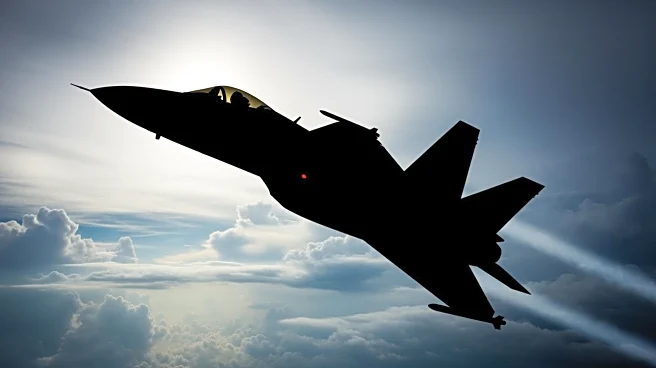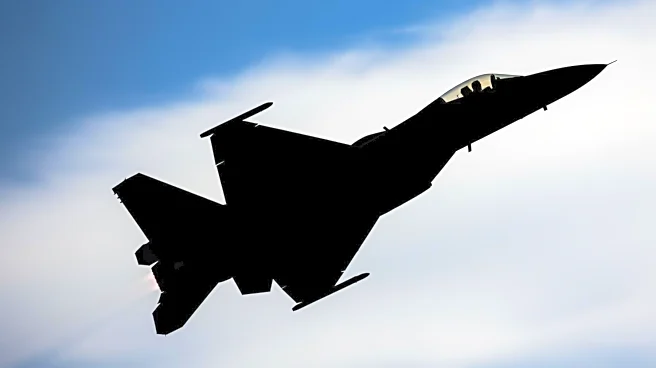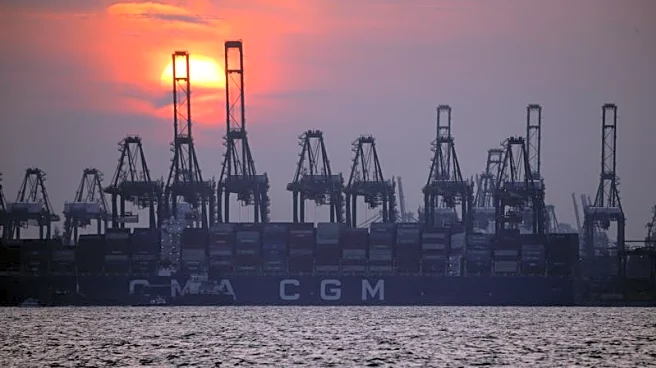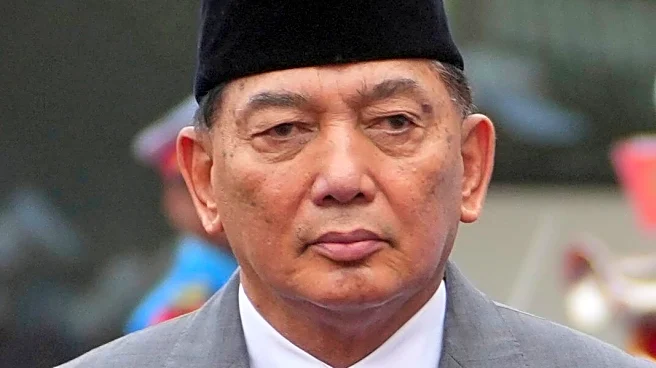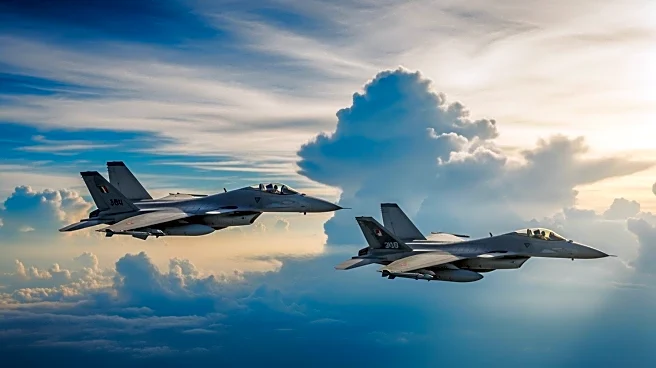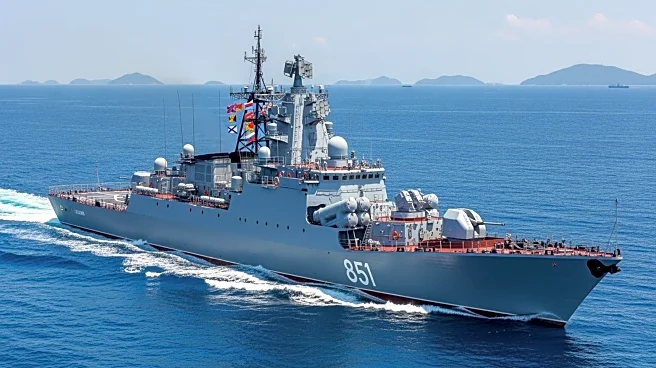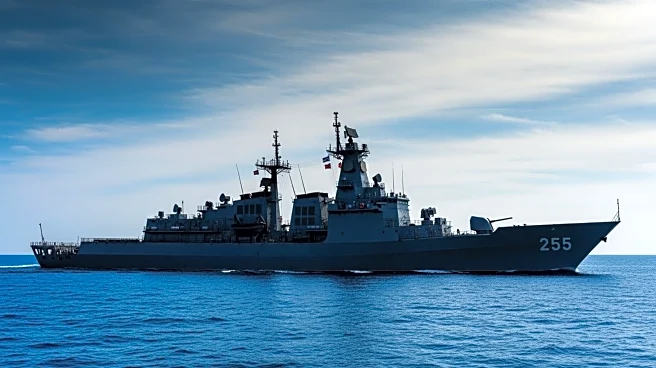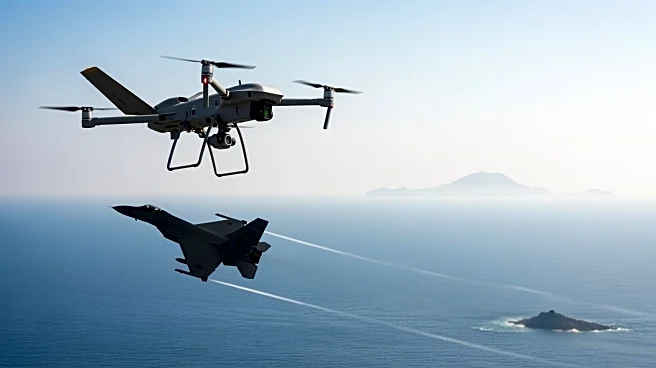What's Happening?
Indonesia has announced a significant arms purchase from China, involving at least 42 Chengdu J-10C fighter jets, with a budget commitment of approximately $9 billion for 2026. This marks Indonesia's first
major arms acquisition from Beijing, as part of its Trisula Nusantara modernization initiative. The deal also includes orders for 42 French Dassault Rafales and 48 Turkish KAAN jets, aimed at replacing the country's aging fleet of F-16s and Sukhois. Defense Minister Sjafrie Sjamsoeddin highlighted the strategic move, which aligns with Indonesia's 'bebas-aktif' non-aligned policy, focusing on acquiring the best platforms irrespective of their origin.
Why It's Important?
This deal signifies a potential shift in Indonesia's defense strategy, reflecting China's growing influence in Southeast Asia. While some analysts view this as a change in Indonesia's security orientation, others emphasize the country's focus on enhancing its military capabilities and maintaining sovereignty. The purchase could impact global defense markets, as it introduces competition from Chinese jets, affecting Western defense stocks. The decision underscores Indonesia's strategic autonomy, balancing relations with major powers while diversifying its military procurement sources.
What's Next?
The specifics of the contract and delivery timeline are yet to be disclosed, though budget approvals are reportedly complete. Deliveries might commence in the late 2020s, with pilot training in China expected by 2026. Despite the new deal, Indonesia maintains that its relationships with the U.S. and France remain intact, as it continues to procure Rafales and Turkish aircraft. The development will be closely monitored by Southeast Asian neighbors and global arms manufacturers, as it could alter the regional airpower dynamics.
Beyond the Headlines
Indonesia's decision to purchase Chinese fighter jets highlights its commitment to strategic autonomy, demonstrating that it can navigate great-power pressures while fielding advanced military technology from both Eastern and Western sources. This move may influence other countries in the region to consider similar procurement strategies, potentially reshaping the geopolitical landscape in Southeast Asia.
